In the world of photography and its current emphasis on sharpness, the quest for a lens that not only captures lovely images, but also adds an artistic touch is never-ending. The Lomography Nour Triplet V 2.0/64 Bokeh Control Art Lens steps into this arena with a promise to offer something beyond the ordinary to both hobbyist and professional photographers. This manual focus lens, with its unique bokeh control feature and full-frame 64mm focal length, aims to blend the old-world charm of manual photography with modern optical engineering. But does it succeed in this endeavour?
Firstly allow me to introduce myself, I’m George, a photographer based in the quaint little English city of Worcester. I’ve been shooting now for slightly over a decade, and have a deep passion for portraiture, with it being the vast majority of what I photograph. My work typically leans into a soft, slightly experimental style, with me often using odd techniques, as well as all the usual ones you’ve probably seen on Instagram and TikTok, to change my photos up and put a twist on them. I’ve had an admiration for Lomography and their lenses for a little while now, having also previously written articles on both the Lomography Daguerreotype Achromat 64, and the Petzval 85, with me owning the latter for many years. I’d consider myself a good example of their target demographic, so approach this review with that in mind. If you like your ultra sharp portraits, and are hoping to pick-up something that provides that, but looks a lot more swish than a standard 50mm, this is not the lens for you, but we’ll get into that.
Build and Design
The first thing that struck me, and the first thing you’ll likely notice, is the Nour Triplet V lens design. Reminiscent of vintage lenses of times gone by, the lens shines like an ancient piece of treasure, with a sleek, polished finish that really makes it stand out in a typical all-black modern digital setup. Encased in a robust brass body, the lens exudes a sense of durability and craftsmanship, like it was forged by an artisan metalworker in a quiet village atop a mountain. Of course, those familiar with Lomography lenses know this is par for the course, as they’re all gorgeous. Due to this solid build however, the weight is substantial, yet it’s balanced enough not to be burdensome, and sits comfortably on a full-frame mirrorless camera This is also due to its size, coming in at about three inches without the hood, maintaining a nice balance with the body, and avoiding being too front-heavy. However, on an crop-sensor body, such as an A6000, it will be a little more front heavy than many are used to. There’s no option for this lens in a DSLR mount, as this only comes in Canon RF, Nikon Z, and Sony E mounts, so the size and weight of your body is going to be a factor for the comfort of using this lens, but on the Sony A7 III I was using for this review, it was fine.
The lens has a 64mm focal length, and while a little different from what you may be used to from other lenses, it’s a focal length that sits nicely between the typical 50mm and 85mm typically used within portrait photography, and therefore feels pretty natural to use, similar to getting used to a 40mm if you’re used to shooting with a 35mm and a 50mm. This extends to roughly 100mm on a crop-sensor, but with a 105mm being another typical focal length for portraiture, it should be easy to get used to for many.
The lens is both manual focus, and manual aperture, with a ring on the body for each. The ring closest the body is for focusing, with the minimum focal distance changing depending on what the bokeh control lever is set to. I found that set to the Soft bokeh setting I was getting a minimum focal distance of around 30cm, 40cm at Classic, and the advertised 60cm when in Bubble. With a focal length like 64mm, it’s rare I’d want to be that close anyway, but it was nice to have the flexibility for those off close-up shots.
The second ring, located just before the Bokeh control lever, which I’ll talk about in a moment, is for your aperture, giving an un-clicked range from f/2, to f/16. This is great, not only for low-light performance, but also for subject separation, which may again be of particular interest to those looking to purchase this lens for portraits. There are also insertable aperture plates, allowing further control over the shape of the bokeh, however, in this demo model I didn’t have an opportunity to play around with those, but I have tried them with the Petzval 85, and they’re quite cool.
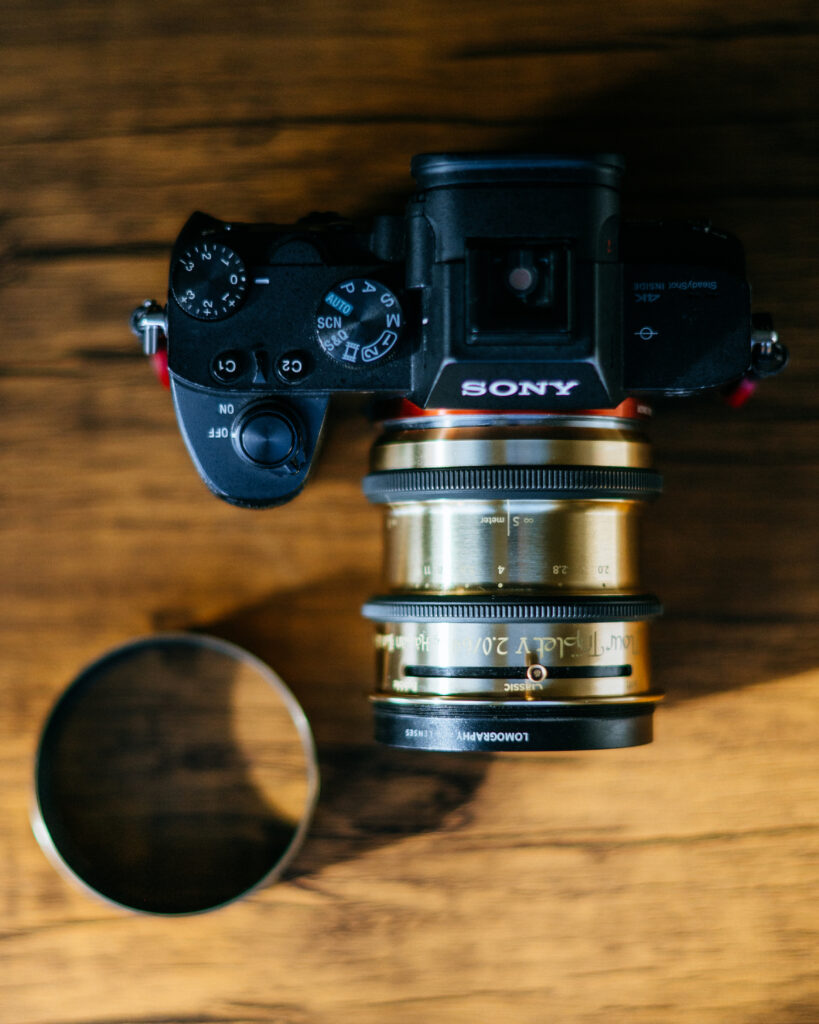
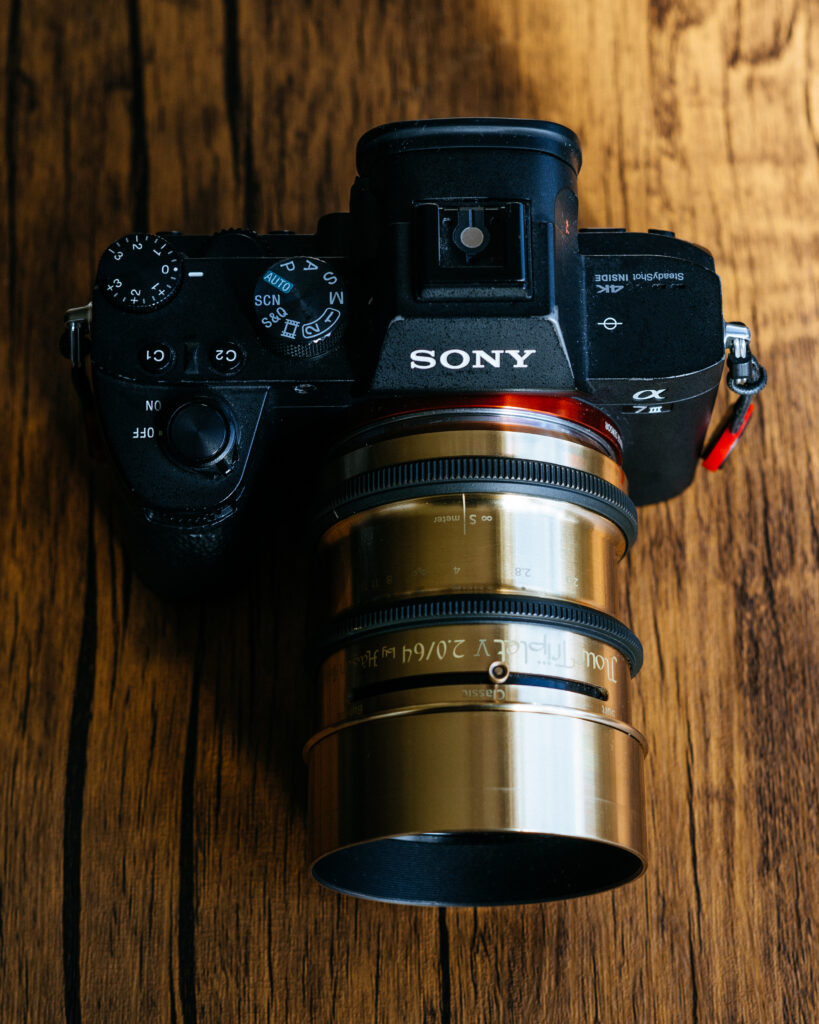
Bokeh Control Mechanism
Perhaps the most intriguing aspect of the Nour Triplet V 2.0/64, and the real reason you’d likely be looking at this lens instead of some of the other art lenses on the market, is its bokeh control feature. This innovative mechanism aims to give photographers unprecedented control over the aesthetic quality of the out-of-focus areas of their images, coming in the form of a dedicated bokeh control lever located on the top of the lens towards the outer-most element, sliding smoothly between three modes, “soft”, “classic” and “bubble”. This lever is responsible for shifting the corrections of the spherical aberrations of the lens, which are responsible for determining the path light passes through the lens. I’ll use the opportunity now, to let you all know that lens groups, element types, and all that associated jargon goes a little over my head, so apologies if I’m a little vague, and please refer to Lomography’s marketing material for a more detailed guide to what’s actually happening. Suffice to say, it changes the sharpness of the image, and the shape of your bokeh.
Soft
The Soft mode under-corrects the aberrations, giving an intense softness to the whole image, akin to using Vaseline or cling-film in-front of the lens. As someone who’s guilty of using a whole host of materials in-front of the lens for the super-soft aesthetic, it’s cool to have that built-in. However, this is going way beyond what a diffusion filter will do, and will not give you center sharpness that strategically placed Vaseline can, so be aware that this is unlikely to be a mode you’ll spend most of you time shooting in, instead saving it for when you really want to utilize that softness. For those moments though, it’s very nice, and is a feature I’m yet to find in another lens, especially a modern one. As for the bokeh, you can expect a wide, but soft effect, with bubbles often overlapping in a dominant but not distracting style. There’s supposed to be that stylistic Lomography bokeh swirl in this mode, but I found it a lot harder to notice than their other lenses, and would not necessarily advertise that as a characteristic.
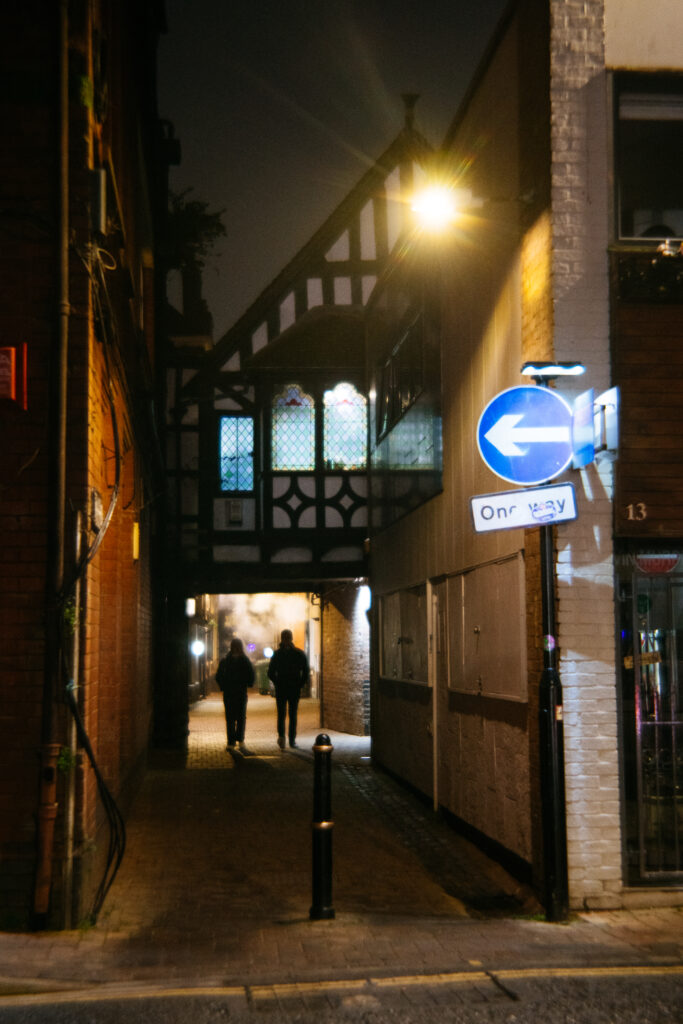
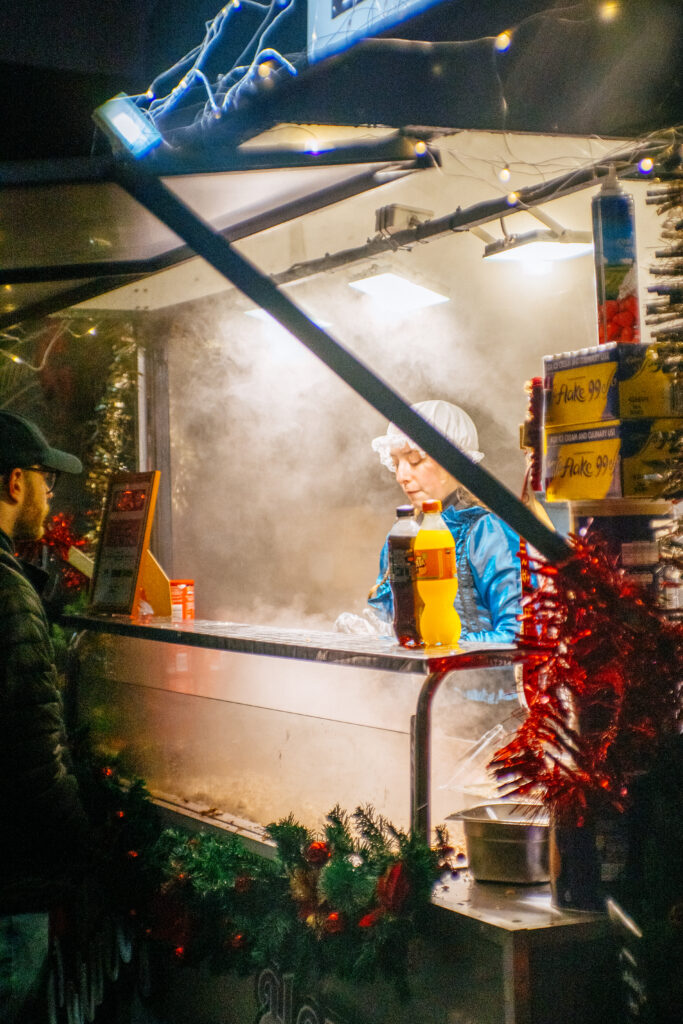

Classic
The Nour Triplet V Classic mode however, is probably what you’ll spend most of the time shooting in, as this is the mode where the spherical aberrations are considered correctly aligned. This means you can expect much more sharpness across your image, in comparison to the other two modes. That being said, the lens is not as sharp as I would expect, instead still retaining some of the ghostly flaring and aberration of the other two modes, also resulting in lower contrast. It’s workable, and one could argue it still retains some of the characteristic style that this lens is designed to have, but in a more every-day shooting capacity, but personally I found I was often correcting for that in post, using a combination of both sharpening, and dehazing to counter those effects. This may be to some peoples liking however, as if you’re going for that soft filmic style, this lens will aid in that, and won’t give you that high-contrast, super sharp aesthetic than many modern lenses are catered towards. The bokeh here is a lot sharper, and while smaller bubbles appear due to that increased sharpness, the bokeh still looks nice, but does feel a lot more dominant.


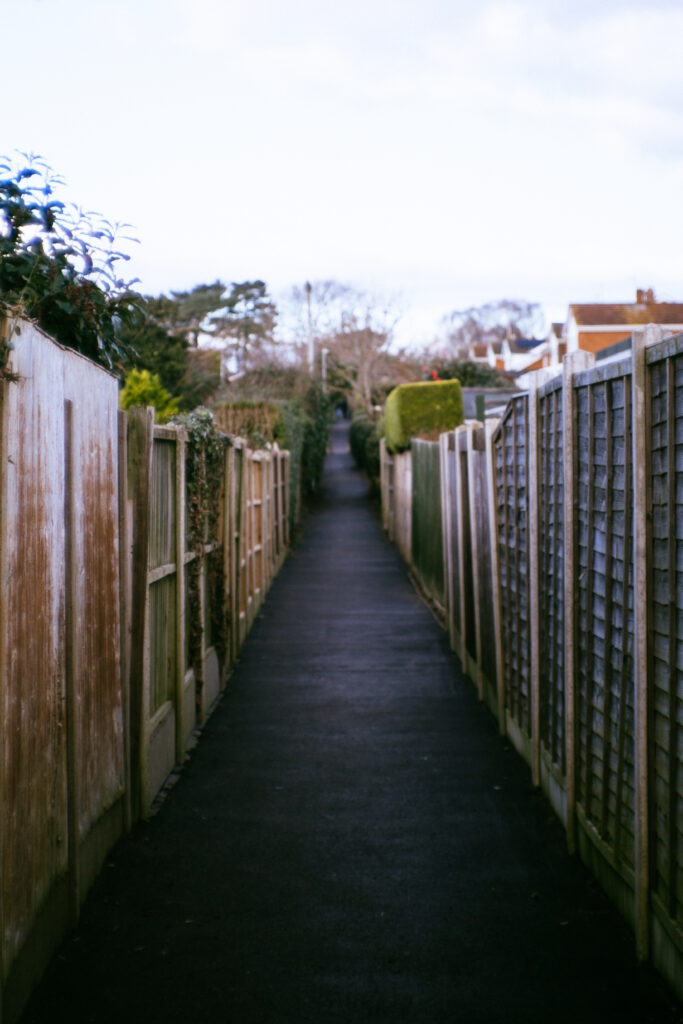
Bubble
Lastly, the Bubble mode, which over-corrects the spherical aberrations. Optically I’d describe this as being between the previous two modes, having more sharpness than Soft, but more of the haziness and softness than the Classic mode. During my time with this lens, this is the mode I spent the least time in, as if I wanted that soft aesthetic, I was set to Soft, and if I wanted more sharpness, I was in Classic, or somewhere between those two. The bubbly bokeh is obviously the main reason one would choose to shoot in this mode, and granted, using this during the bleak, grey winter weeks probably isn’t the ideal testing ground, but I found it hard to see much visual difference in in the bokeh in an every-day daylight setting. With the right lighting though, the bokeh presents with a crisp edge, and a soft centre, very much as the name describes. The bubbles are also smaller than classic bokeh bubbles appear, and paired with their sharpness and unique quality, really help to draw the eye, making them a much more dominant and eye-catching part of the frame.
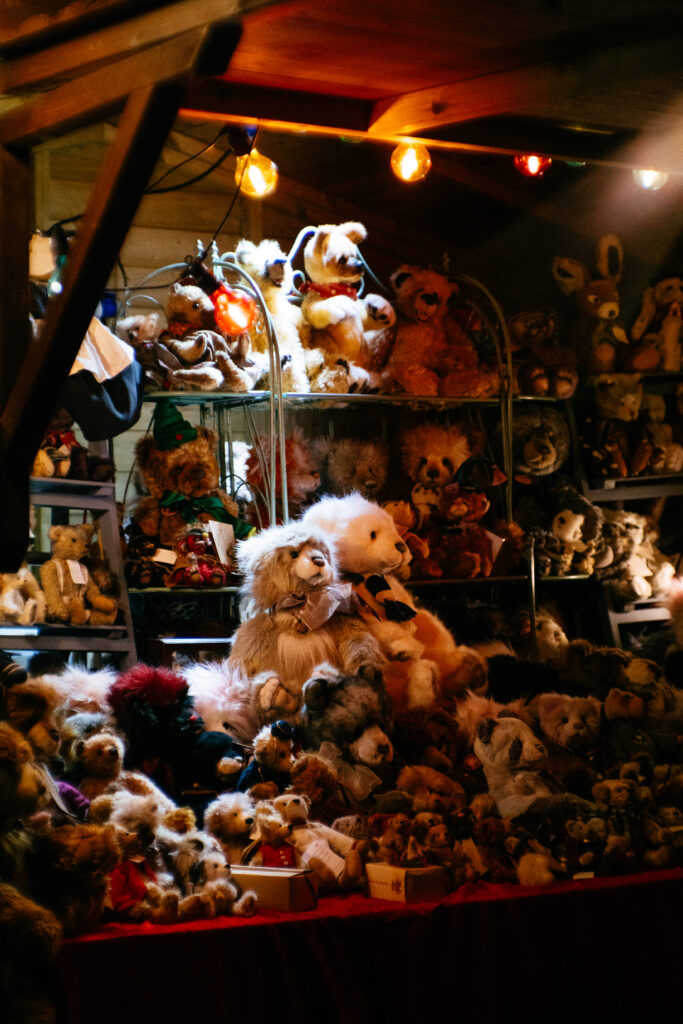
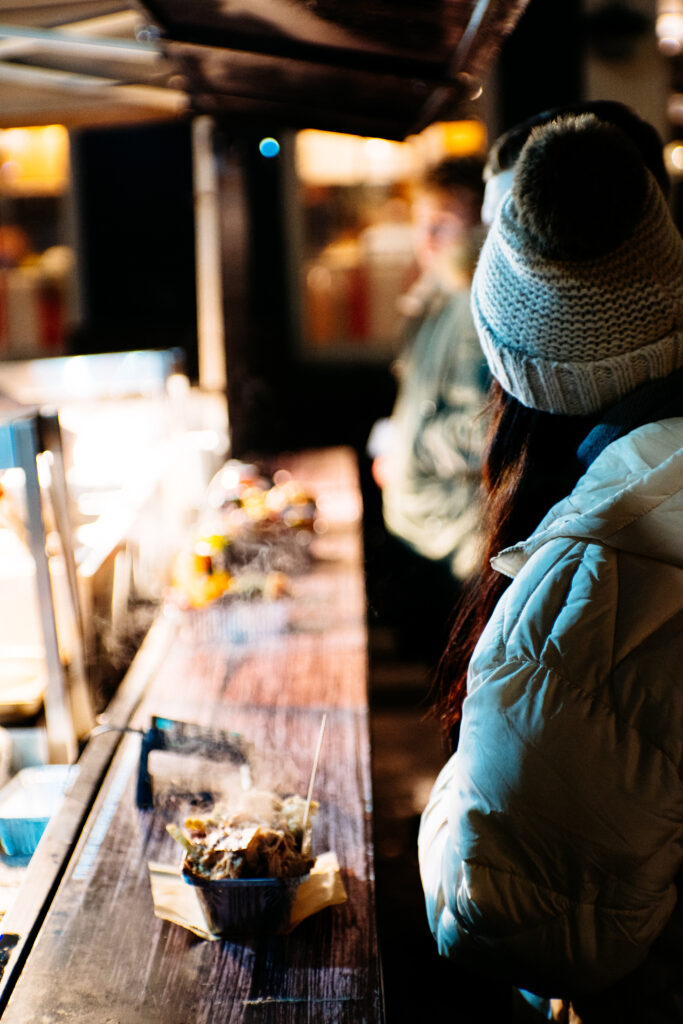
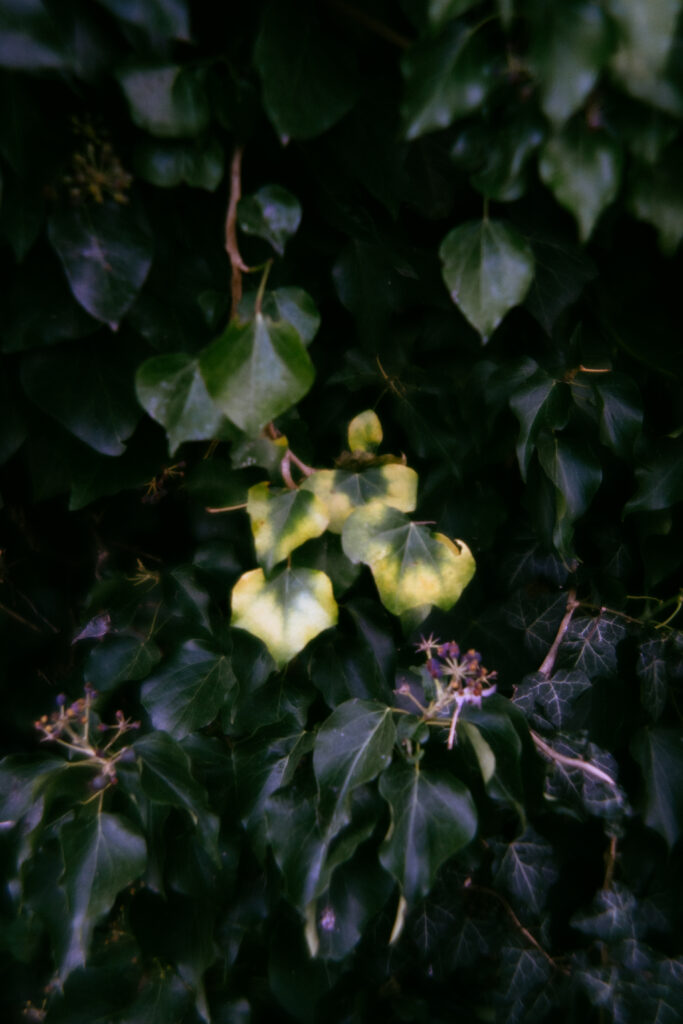
Below are two series of three images taken with the Nour Triplet V firstly in the soft setting, then classic, and lastly bubble. You can see how the sharpness of the overall image is heavily impacted by this change in aspherical correction, and also how the bokeh changes shape. The first set of images are completely unedited, and taken in overcast conditions, and the latter were taken at a fairground and have been edited.



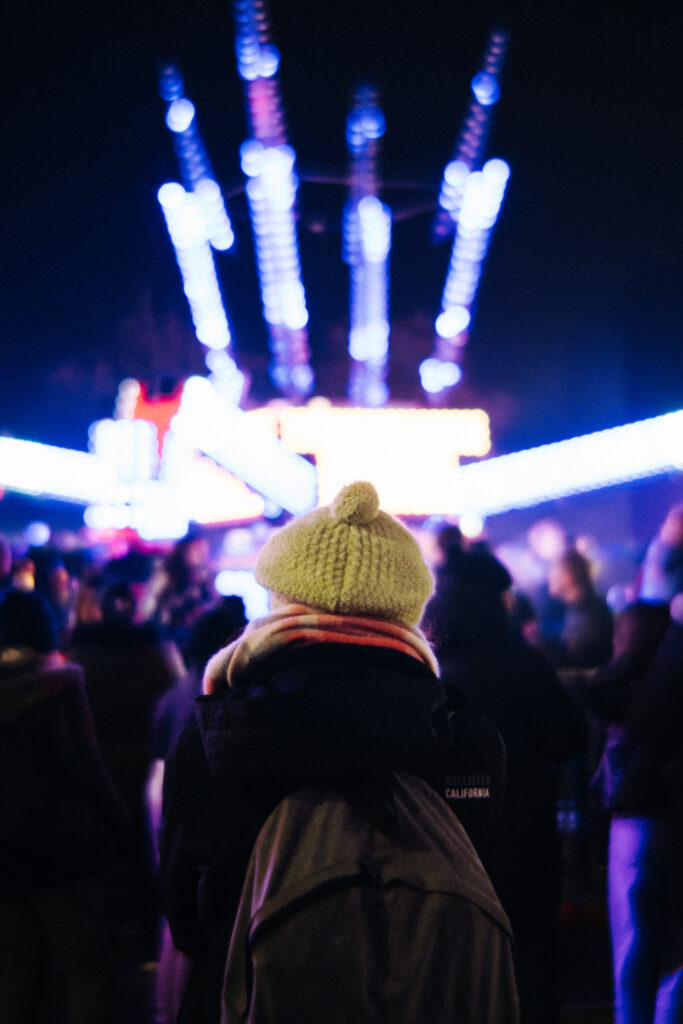
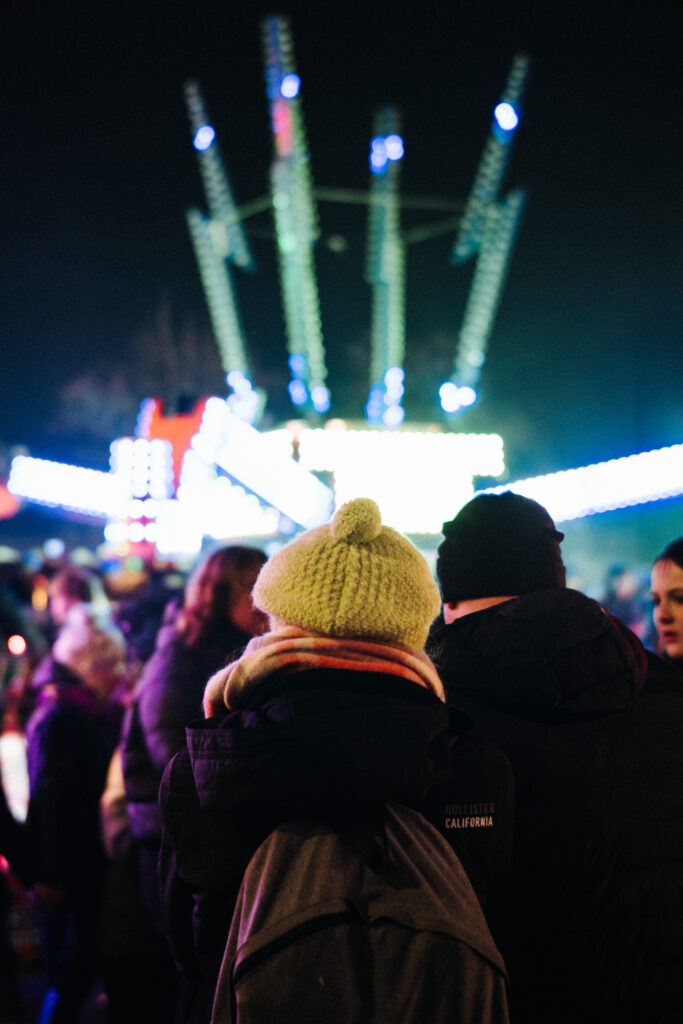
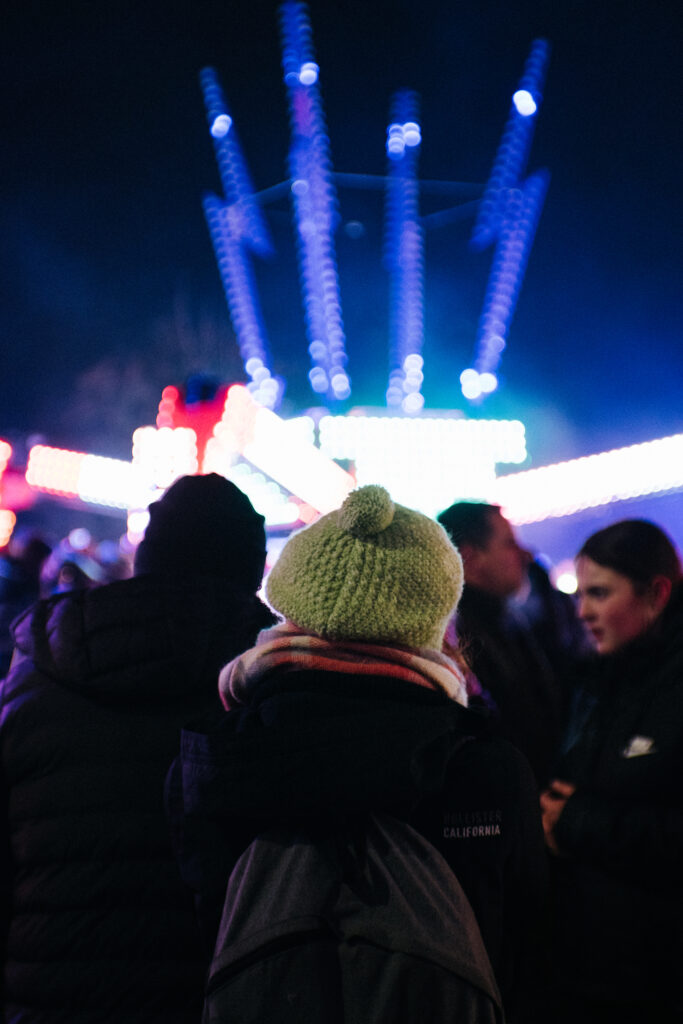
As you can see, although in the first set of images the soft mode is overbearing, this can be corrected to retain more overall sharpness and detail, while still having that super-soft, ghostly look. The image below was taken in the soft mode, and has had a dehaze and clarity adjustment, and better demonstrates a side-by-side.
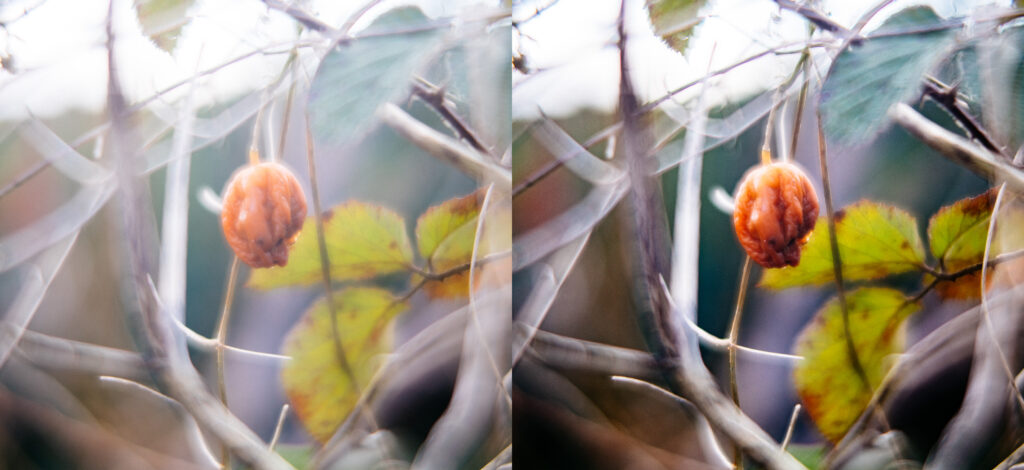
Finally, the three sets of images below are again unedited, but show how these characteristics affect skin softness, and better demonstrate the differences between the bokeh. First up is again soft, moving on to classic, and lastly bubble.
Soft
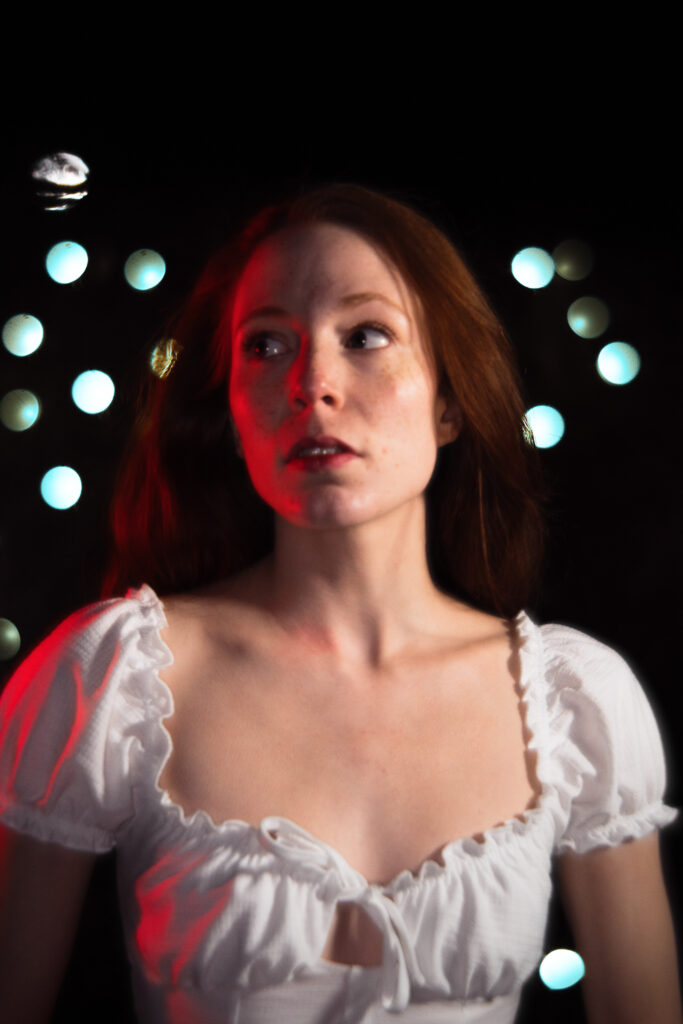
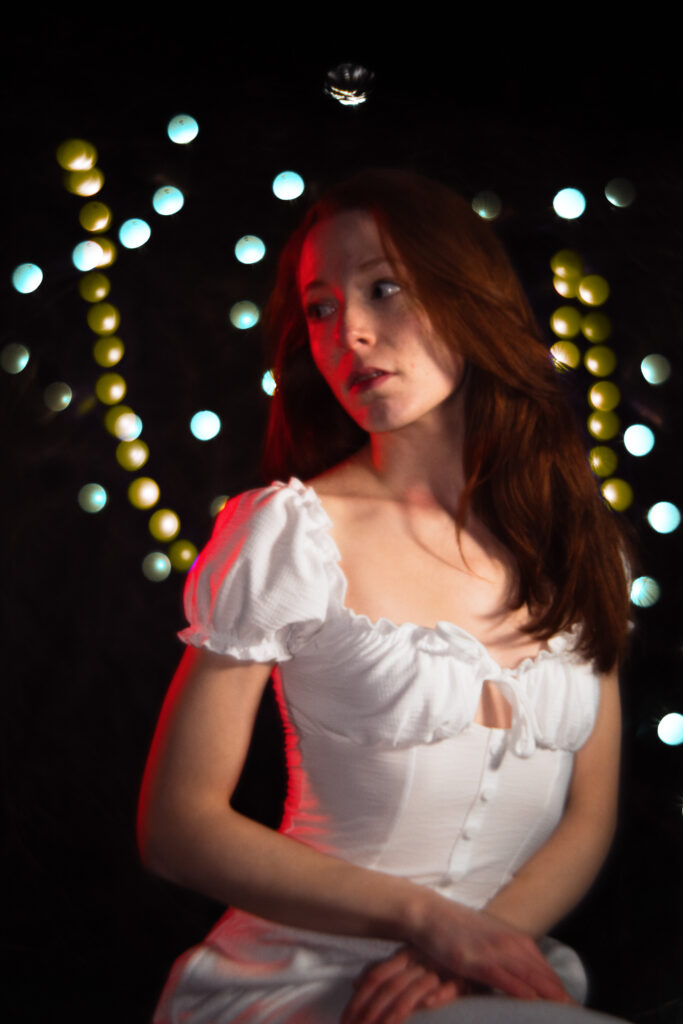
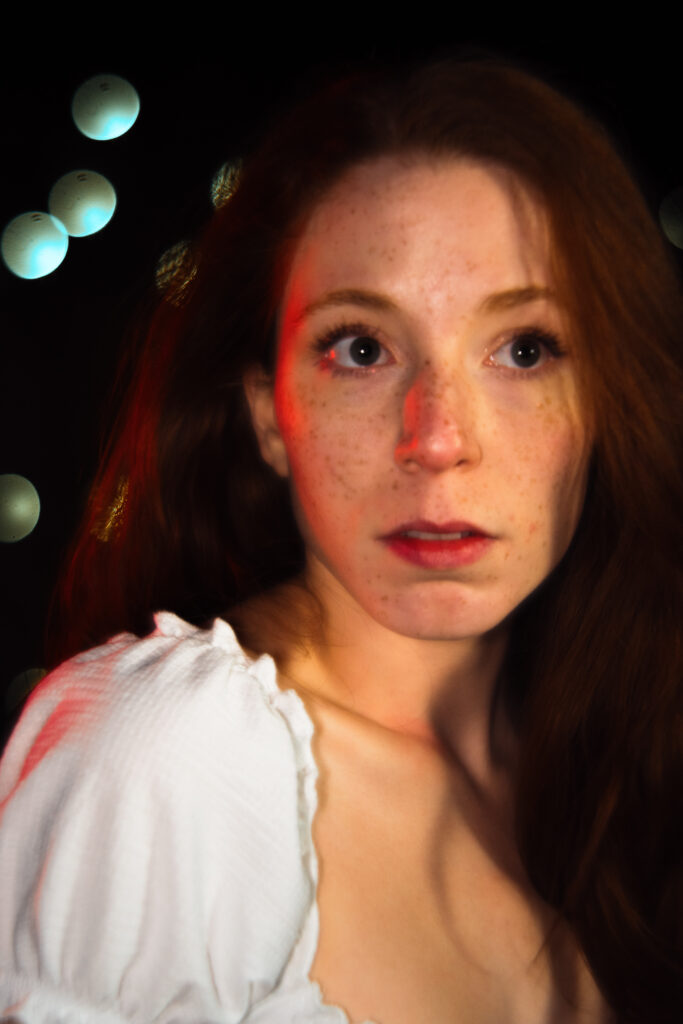 Classic
Classic
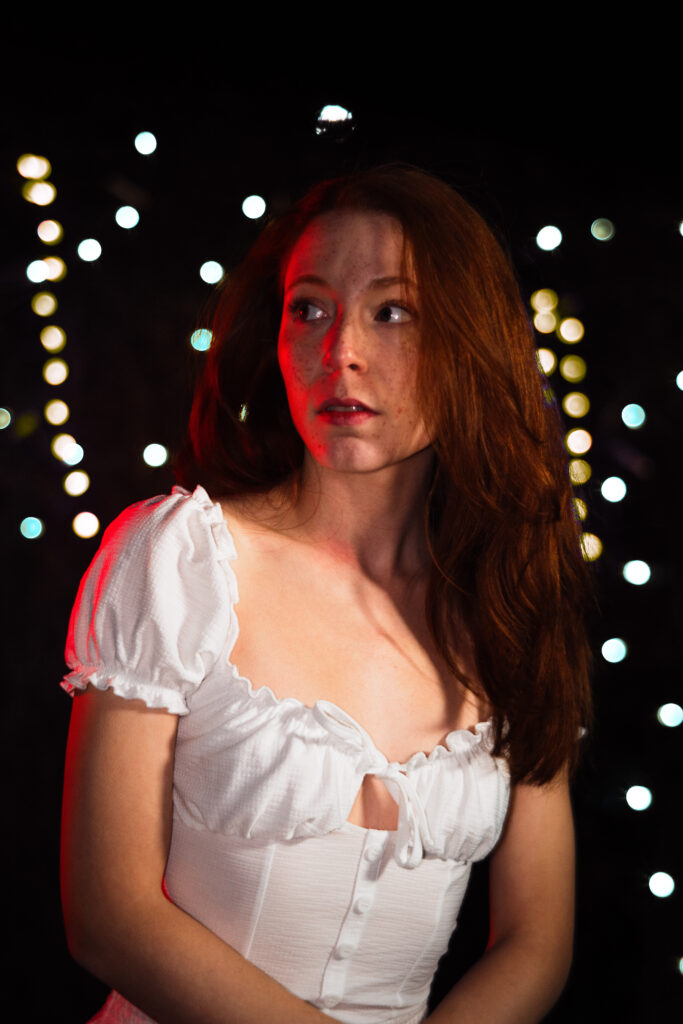
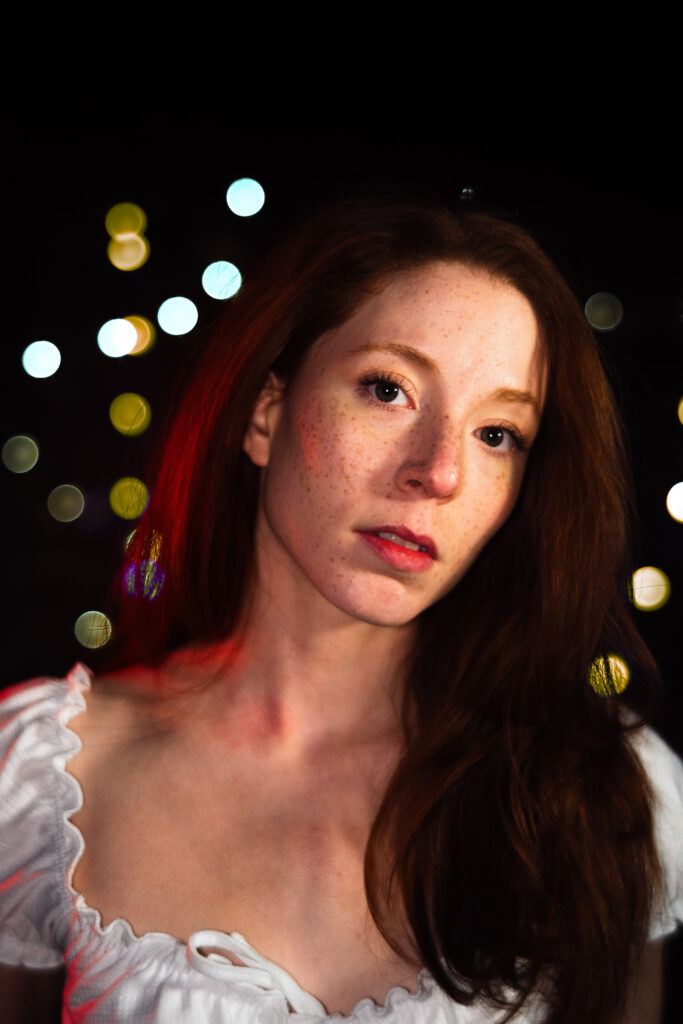
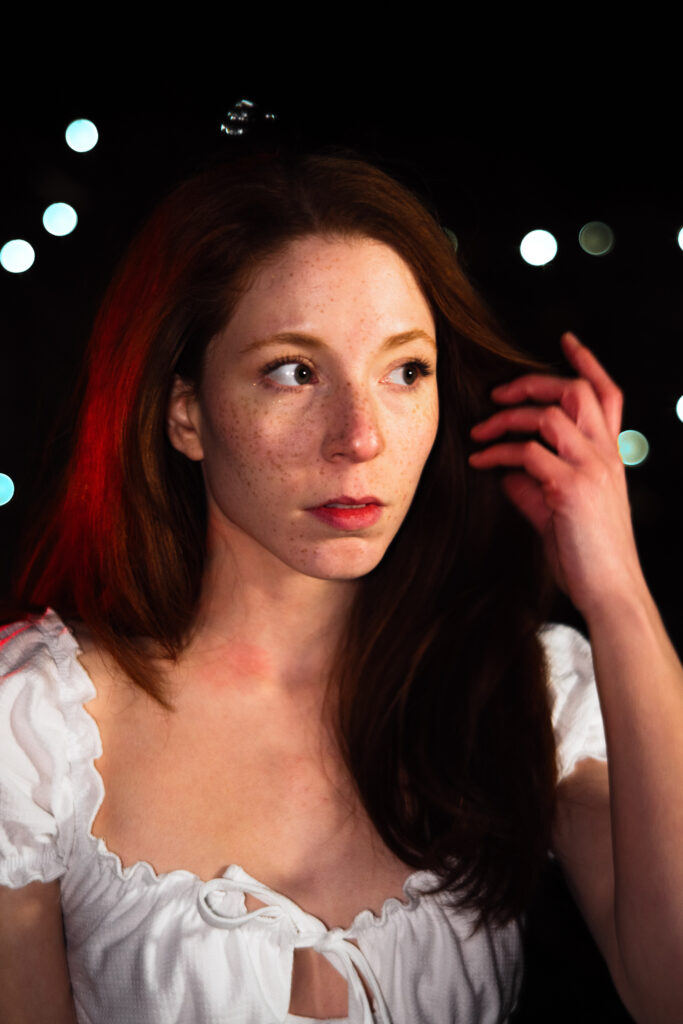 Bubble
Bubble
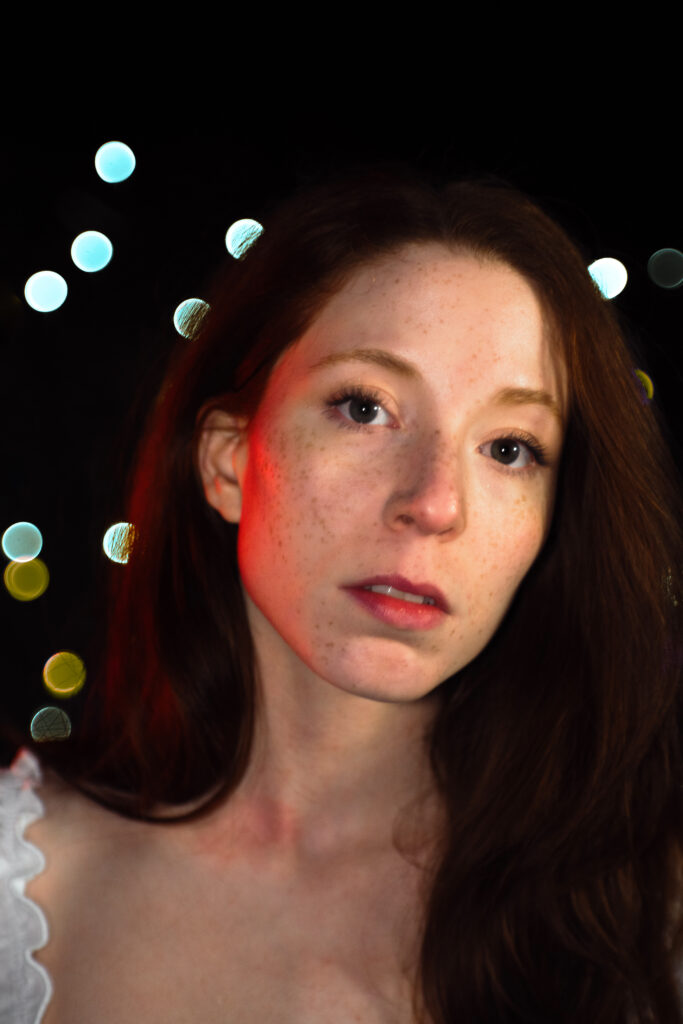
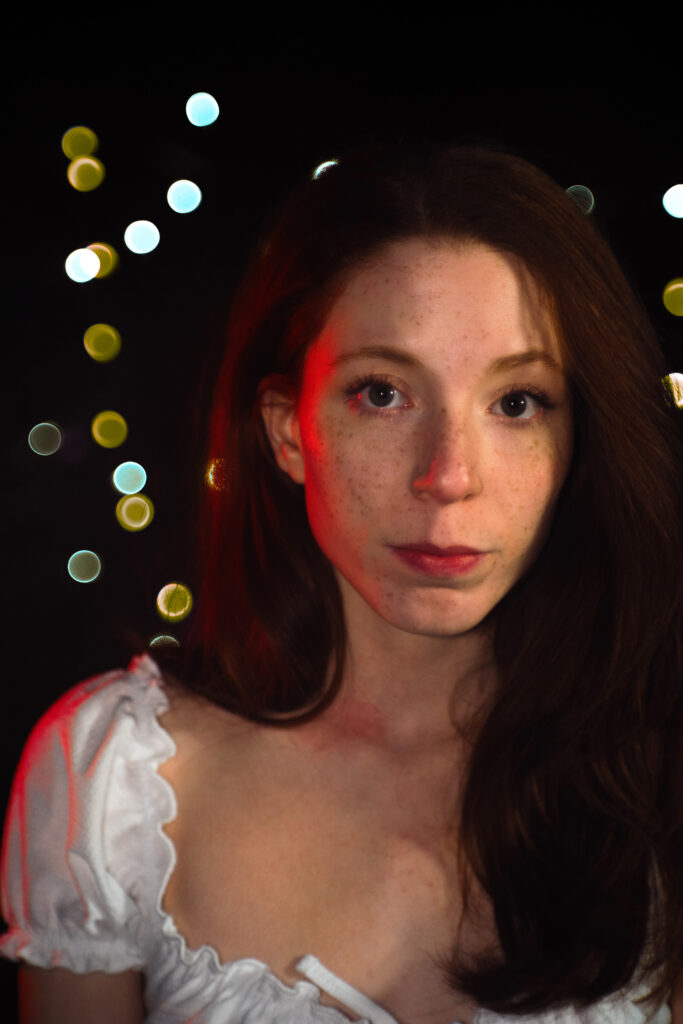
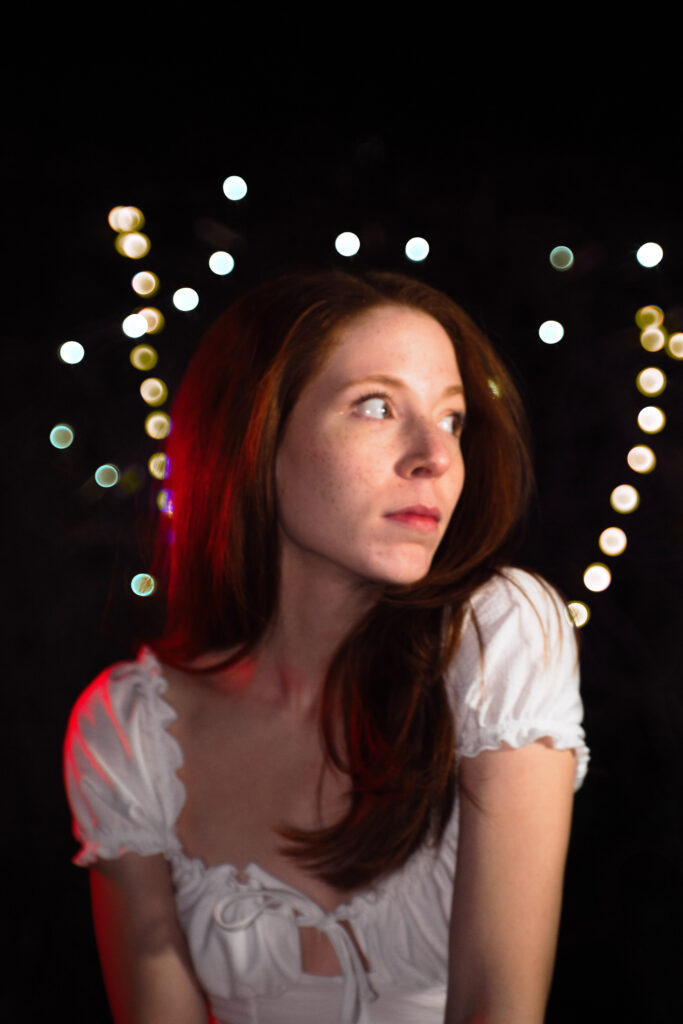
Criticisms
Now I do have a couple of small gripes with the Nour Triplet V that I’ll go over. Firstly, the lens was a little wobbly on the mount, to the point where I did feel a little uneasy using it. However, this never actually posed an issue, and I have been using a demo model that has the rear fixture holding the aperture plates missing, so I strongly suspect this is an issue with my unit.
Secondly, and the biggest issue I had, was with the location of the focus ring. I’m going to assume that there’s an optical reason why the focus ring needs to be so close to the body, but it did make it quite uncomfortable to focus at times, with the ring also being slightly on the stiff side. If the focus ring were much looser, like it is on most other manual focus lenses, I’d be worried I’d knock it with my hand and miss focus, however the combination of it being stiff, and close to the body did make it hard to use at times when I was trying to capture a fleeting moment.
Lastly, due to the nature of the bokeh control mechanism the Sony A7 III that I used had real difficulty recognizing what was in focus during focus peaking, meaning that if you’re someone like me that heavily relies this to accurately focus, you will struggle, as the peaked area isn’t as noticeable as it would usually be with other lenses, if it even recognizes what area is in focus to begin with. As a result, especially in the dark I was reliant on stopping down the lens a little, usually to f/4, and turning the camera onto continuous shooting, moving the focus dial back a forth a little to make sure I’d captured an in-focus image. Even if you’re blessed with amazing vision, I’d still recommend using this technique, as the fringing and depth-of-field are not always obvious through the viewfinder, or even on a 3” rear LCD.
Comparison and Price
The Nour Triplet V 2.0/64 Bokeh Control Art Lens starts at a price of £399 for the black version, and £499 for the brass version, a similar price to some of the other options for art lenses out there, such as the LensBaby series, or other Lomography lenses like the Daguerreotype Achromat 2.9/64, or Petzval series. If you’re on a budget, and you’re planning on buying this lens to play around with a soft aesthetic, I’d personally recommend starting with a standard 50mm or 85mm f/1.8 portrait lens, and using some of the more traditional methods for achieving said softness, such as Vaseline, cling film, or diffusion filters to experiment with that style first, and see if it’s really for you. If it is, and you’re set on that sort of look for your images, then this lens avoids the hassle involved in those techniques, giving you a variety of soft styles to choose from in-lens.
The real draw for this lens over the other options available though, is advertised as the bokeh. There are other bubble bokeh lenses on the market, some with a seemingly more defined shape, but none that combine it with a soft-focus look. If you’re just after the bubble bokeh, and are wanting to avoid the soft style, there are other options on the market that achieve that to a much more noticeable degree, although I haven’t personally tested these options, yet.
The price is still a factor, but you can rest assured that with no electronics, the points of failure in the lens are dramatically reduced, extending its lifespan indefinitely, which is nice for peace of mind, especially being someone that’s had a few lenses randomly conk-out mid shoot. The Petzval 85 I purchased many years ago is still going strong, and it likely will indefinitely, in a similar fashion to vintage lenses of yesteryear that this lens is in some ways emulating
Let’s not deny it either, this lens is gorgeous, and in testing it I had several people approach me asking what it was, mistaking it for a truly vintage lens. I’m used to this with the Petzval, which I also have in brass, but if you’re not the chatty type, you may want to go for the black one, saving £100 in the process. The brass one does look cracking on a shelf though.
Conclusion
In conclusion, the Nour Triplet V 2.0/64 Bokeh Control Art Lens is a beautifully crafted piece of equipment that brings an old-world charm and a sense of mindfulness to modern photography. It offers a unique shooting experience and creative potential rarely seen in the lenses of today, particularly for portrait photographers. It’s a great investment to your lens line-up, providing you know its strengths, and its weaknesses, and are really dedicated to that soft-focus look, regardless of what bokeh mode you plan on using. I’d have a hard time recommending it to those that have little interest in shooting portraiture, as I do feel that’s where it truly comes to life, but there are many out there more creative than I that may be able to put a lens like this to use in other photographic genres.
Find my previous features on the Lomography Petzval 85 & Daguerreotype 64
My Instagram: @george.devereux @celestialtones.jpg
Share this post:
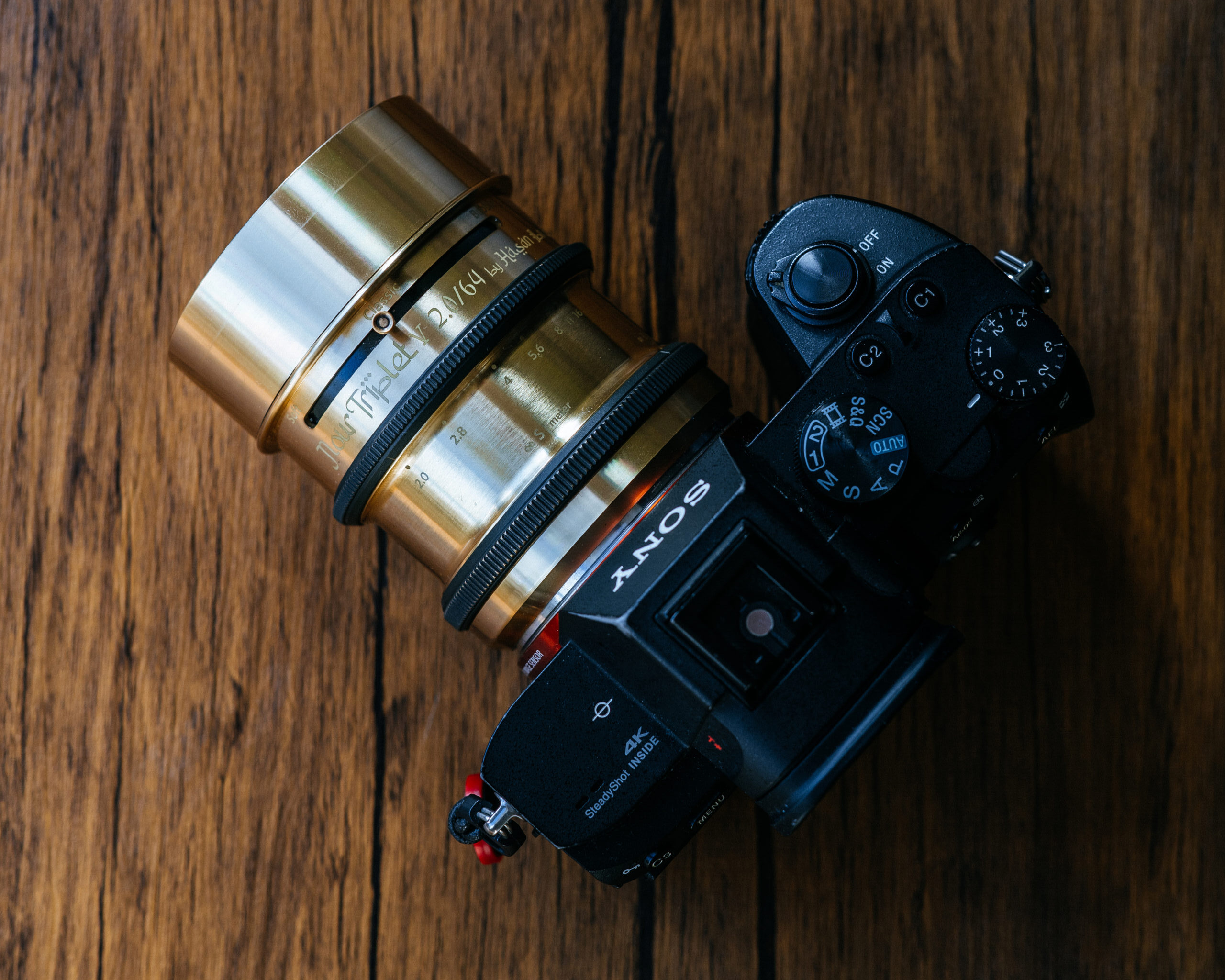
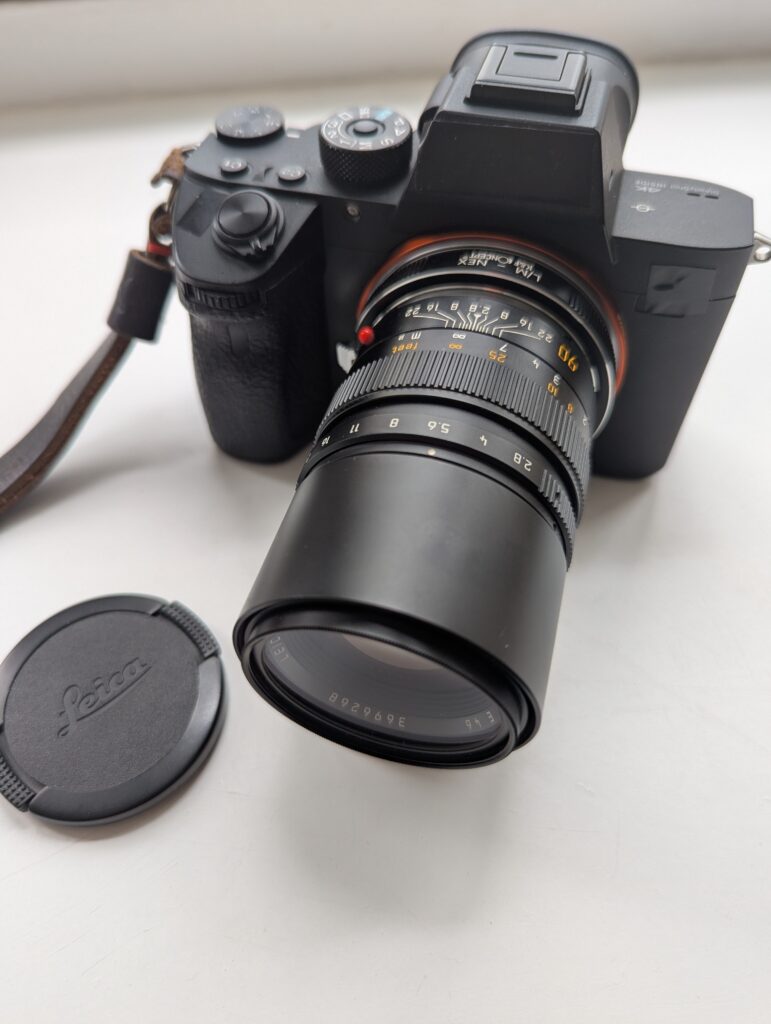
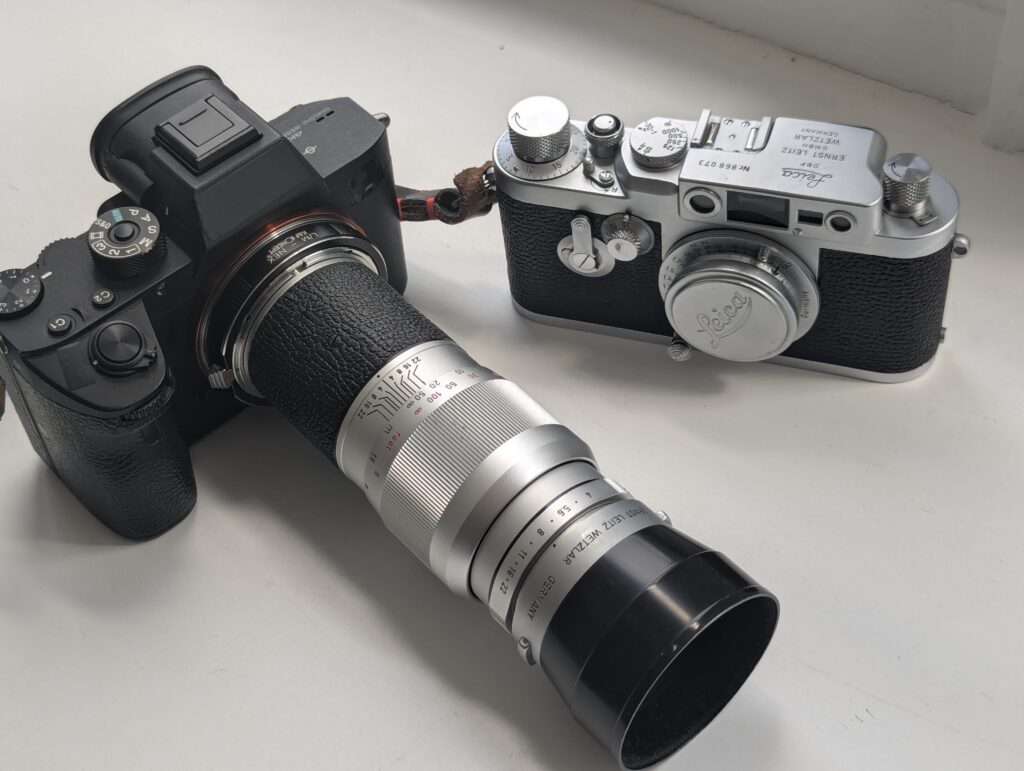
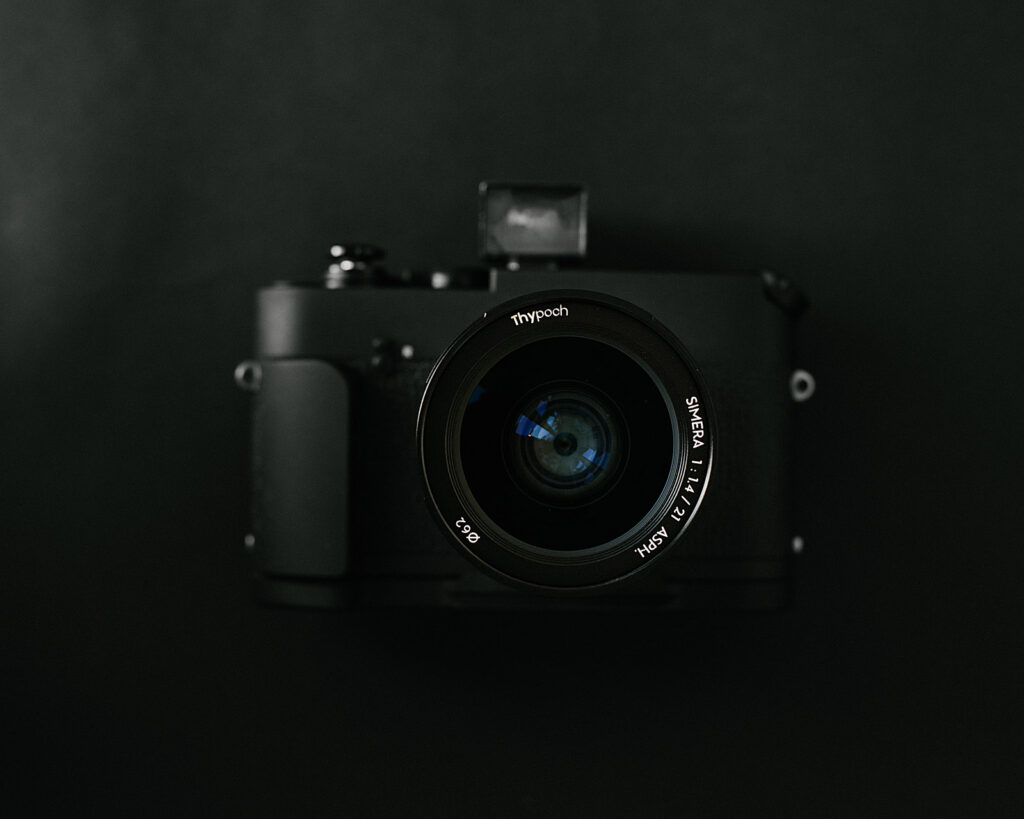
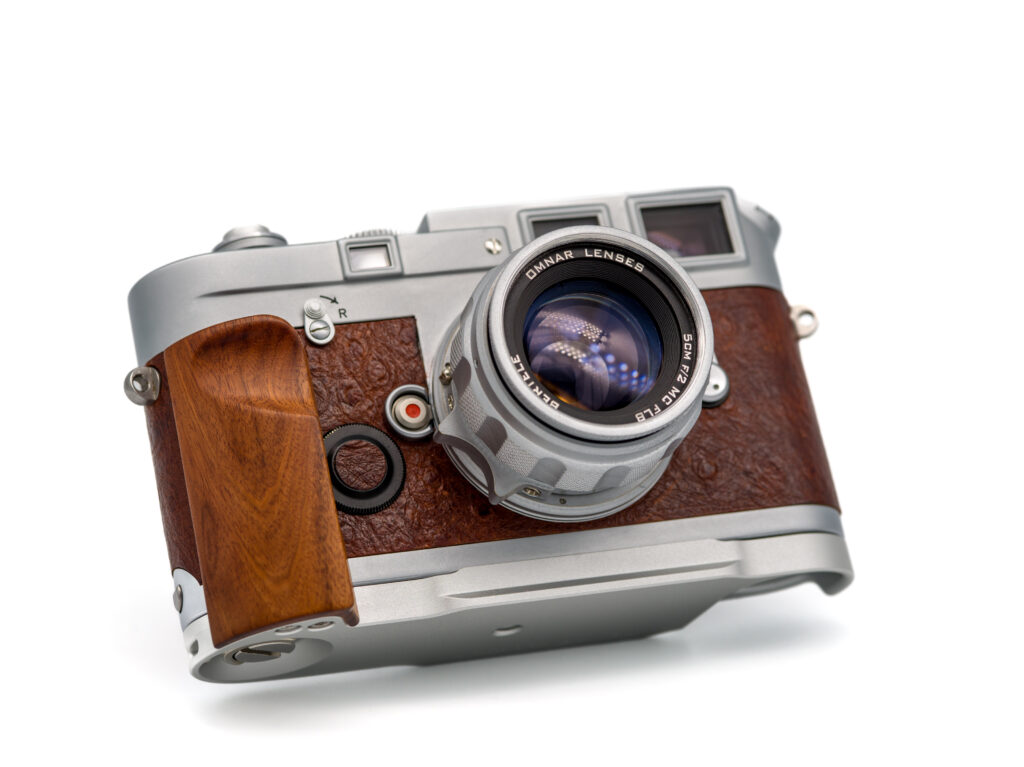




Comments
Gary Smith on Lomography Nour Triplet V 2.0/64 Review – Beyond The Blur – My Time With The Bokeh Control Art Lens
Comment posted: 06/05/2024
Jeffery Luhn on Lomography Nour Triplet V 2.0/64 Review – Beyond The Blur – My Time With The Bokeh Control Art Lens
Comment posted: 06/05/2024
l've been chasing bokeh since I began as a wedding photographer back in 1970. Crinkled cigarette wrapper cellophane, vasiline, sandpaper scratched UV filters, etc. The dimples of clear nail polish on a UV filter shooting wide open with a 150mm on a Hasselblad worked best for the misty look at the time. Fortunately, I graduated to commercial editorial and product shooting, so the dreamy look wasn't needed.... but I missed it.
Now in semi-retirement I'm back to shooting film and you have inspired me to start experimenting again! Thanks!!
Daniel Emerson on Lomography Nour Triplet V 2.0/64 Review – Beyond The Blur – My Time With The Bokeh Control Art Lens
Comment posted: 06/05/2024
Beautiful soft shots. You show the lens off to great advantage. For me you capture the essence of night, of being there in low light situations where things are out of focus and soft, rather than in the sharp glare of the day. At night we lead a different life to day and I find your shots take me there. I find your photo combination quite emotive.
Regards
Daniel
Louis A. Sousa on Lomography Nour Triplet V 2.0/64 Review – Beyond The Blur – My Time With The Bokeh Control Art Lens
Comment posted: 07/05/2024